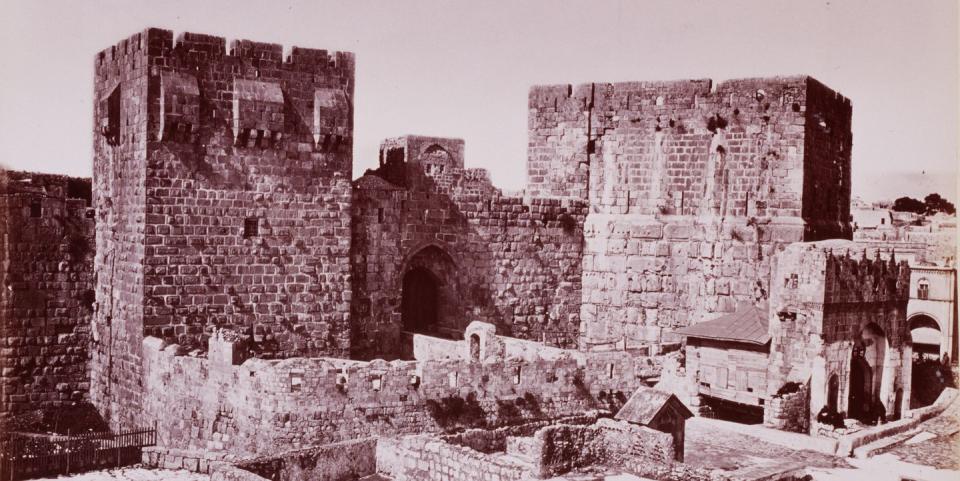'Lost' Road Built by Christ's Executioner Unearthed

Archaeologists have unearthed a "lost" road in Jerusalem that was likely constructed by Pontius Pilate, the Roman who presided over the trial and execution of Jesus Christ.
Excavations revealed more than 100 coins beneath the street dating between 17 AD and 31 AD, meaning it would have been built during the famous Roman's rule.
Archaeologists first discovered the road in 1894, but they were unable to pinpoint the date of its construction.
Archaeologists have unearthed a road that was likely built in 31 AD by Pontius Pilate, the Roman prefect who oversaw the crucifixion of Jesus Christ.
The ornately constructed road in Jerusalem stretches for about 2,000 feet, and is approximately 26 feet wide, according to a study recently published in the Journal of the Institute of Archaeology of Tel Aviv University. They suspect it connected Siloam Pool, a spot where pilgrims could bathe and get fresh water, to the Temple Mount, a sacred place of worship within Jerusalem’s inner “City of David,” Live Science reports. The complex and artfully detailed design of the road suggests it was an important thoroughfare between the two spots.
Over the course of six years, scientists from the Israel Antiquities Authority and Tel Aviv University excavated the site and found over 100 coins beneath the road dating between 17 AD and 31 AD. This means the street would have been constructed during or after 31 AD, likely during Pontius Pilate’s rule. At the time, Pilate was the Roman governor of Judea, and is best known for presiding over the trial and execution of Christ.
The study authors offer further proof that the road was built during this time: The most common coins found in archaeological excavations in Jerusalem are coins that were minted in 41 AD. Their omission from this street’s excavation site means it was probably constructed within the span of 10 years prior.
Scientists have known about the road since British archaeologists discovered it in 1894, but they've only recently narrowed down the timeframe during which it was constructed, according to The Independent. Excavations reveal the street was covered in rubble, which was likely deposited in 71 AD, when Romans took over the city.
You Might Also Like

 Yahoo News
Yahoo News 